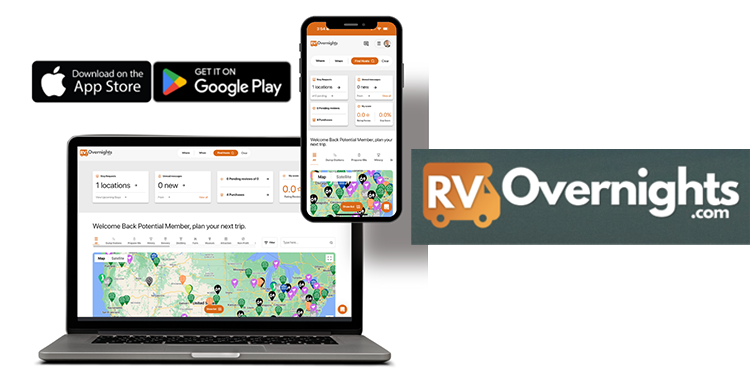Ingrassia: States Make Investment in Outdoor Recreation


Phil Ingrassia
Editor’s Note: The following column by Phil Ingrassia, CAE, RVDA president, appears in the current edition of RV Executive magazine. it is reprinted by permission.
A report by the U.S. Commerce Department’s Bureau of Economic Analysis released this month confirms that outdoor recreation continues to be one the country’s largest economic sectors, creating billions of dollars in consumer spending and millions of jobs.
Investments in outdoor recreation maximize opportunities for outdoor enthusiasts including RV travelers, and offer economic, social, and health benefits for both rural and urban communities.
While the Great American Outdoors Act has provided much needed funding for federal land agencies on deferred maintenance, state governments have employed a variety of mechanisms in recent years to fund outdoor recrea.tion projects. These initiatives, paired with federal expenditures, help states reap the benefits of this fast-growing segment of the economy.
The Outdoor Recreation Roundtable (ORR), which includes RVDA, RVIA, ARVC and other outdoor recreation business groups, has compiled some of the innovative state funding initiatives that support outdoor recreation. The list assembled by ORR’s Chris Perkins includes:
Georgia and Texas support their state and local parks through a sales tax on sporting goods. Georgia’s Outdoor Stewardship Act, passed in 2018, sets aside up to 80 percent of state sales tax revenue from purchases at outdoor recreation stores to fund land conser.vation, trail improvements and restoration – the state’s first source of dedicated funding for these purposes. This year, 15 projects received a total of $28 million.
The Texas program dates to 1993, though the legislature acted in 2019 to permanently ensure that all revenues from the sales tax go to the parks and wildlife, nearly $100 million in fiscal year 2021. Voters in both states approved the necessary constitutional amendments by wide margins.
Michigan’s Natural Resources Trust Fund relies on royalties from the sale and lease of state-owned oil, gas, and mineral rights. Since its creation in 1976, the oil and gas industry has contributed more than $1.1 billion to state and local parks, waterways, trails, and nature preserves.
Utah uses a .32 percent state transient room tax on transactions involving tourist home, hotel, motel, or trailer court accommodations that are regularly rented for less than 30 consecutive days. Revenue is deposited in the outdoor recreation grant fund. In 2022, the legislature supplemented the fund with an additional $5 million, contributing to the largest grant cycle yet – $11 million to 85 projects that build or restore outdoor recreation infrastructure.
New Mexico lawmakers created the Outdoor Recreation Division and an associated Outdoor Equity Fund to provide outdoor experi.ences to low-income youth. In 2022, 48 organi.zations received grants totaling nearly $800,000; half of which supports tribal, rural, and land grant communities. Funding comes from the state as well as private sector sponsors. Colorado has a similar program.
Colorado uses lottery proceeds to support outdoor recreation. Since 1992, Great Outdoors Colorado has invested more than $1.3 billion in lottery revenues to fund 5,500 projects in all 64 counties of the state. Lawmakers also approved an optional “Keep Colorado Wild Pass” in 2021 that residents can purchase for $29 when regis.tering a vehicle. Money raised protects wildlife habitats, search and rescue programs, avalanche awareness education, and more.
States parks and other recreation areas play a vital role in providing places for RV travelers to stay… and play… in the great outdoors. ORR will continue to share these and other state funding success stories to support the booming interest in outdoor recreation.
Source: https://rvbusiness.com/ingrassia-states-make-investment-in-outdoor-recreation/







